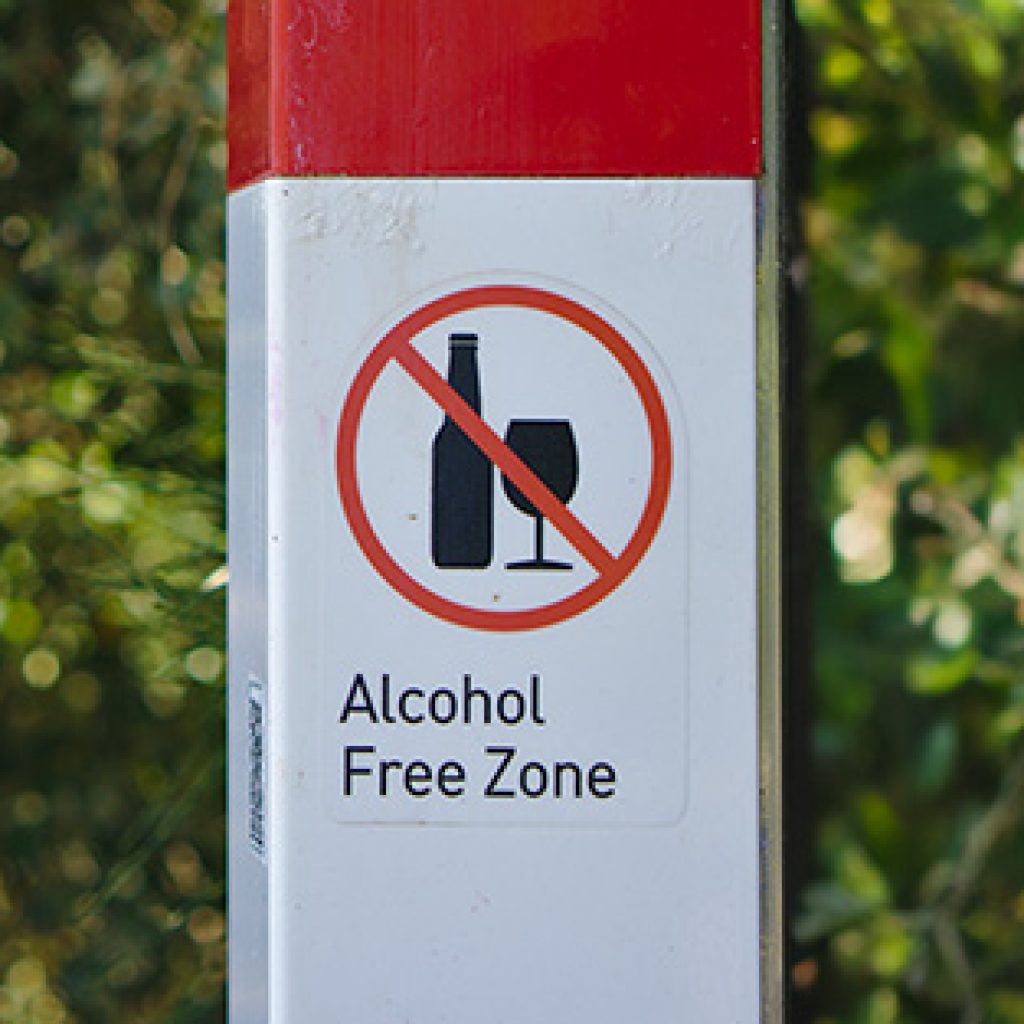The Need for a Trauma-Informed Approach:
Tips for Assessing Your Organization
The Substance Abuse and Mental Health Services Administration (SAMHSA) recently published a Practical Guide for Implementing Trauma-Informed Approach. This guide updates and expands SAMHSA’s 2014 Concept of Trauma. The goal of this publication is to provide tools and strategies for programs, organizations, or systems to implement a trauma-informed approach (TIA). Traumas is defined as, “the result from an event, series of events or set of circumstances, an individual experiences as physically or emotionally harmful or threatening, which may have lasting adverse effects on the individual’s functioning and mental, physical, social, emotional, or spiritual well-being.” It further states that, “traumatic events can be experienced by an individual, a generation, an entire community or culture.”
Globally an estimated 70 percent of people have experienced at least one traumatic event in their lifetime. Furthermore, 31 percent reported experiencing four or more traumatic events. In the United States, 90 percent of adults reported having encountered at least one traumatic event, with women reporting the highest rates. Research has found that men and women tend to have different experiences of trauma, with women being twice as likely as men to develop PTSD. Women commonly report incidents of sexual assault or child sexual abuse, while men are more likely to face accidents, physical assault, combat, disasters, or witness death/injury.
This new report also discusses the need for behavioral health equity. It’s important to note the impact of cultural, racial, and historical trauma. Minority youth are more prone to various forms of trauma, including historical trauma, immigration stressors, natural and man-made disasters, discrimination, and violence. Unfortunately, they often face barriers in accessing medical and mental health care. Black and Latino young men, disproportionately experience violence, poverty, incarceration, limited healthcare access, marginalization, and low social status. In addition, the prevalence of PTSD is highest among Black populations. American Indians and Alaska Natives carry the weight of historical and intergenerational trauma, which increases their vulnerability to present-day traumatic experiences. Moreover, LGBTQI+ individuals are nearly four times more likely to endure violent assault compared to their cisgender, heterosexual counterparts.
Behavioral health providers strive to create a safe and supportive environment for all the people they serve. Understanding the impact of trauma and integrating trauma-informed principles into practice is crucial for effective care. SAMHSA’s comprehensive framework outlines best practices for the adoption of a trauma-informed approach (TIA).
SAMHSA’s TIA is based on four essential assumptions:
- Recognizing the widespread impact of trauma and understanding paths to recovery.
- Identifying signs and reactions of trauma in clients, families, staff, and others involved.
- Integrating trauma knowledge into policies, procedures, and practices.
- Resisting re-traumatization by creating a safe and supportive environment.
In addition to the four essential assumptions, six key principles are outlined in the TIA. These principles are essential for any organization to be trauma-informed. Each one is outlined below.

Safety: Ensure physical and emotional safety for all individuals served by the program, organization, or system.

Trustworthiness and transparency: Build trust, be transparent, and foster open communication with all individuals.

Peer support: Promote connections and support among individuals with similar experiences.

Collaboration and mutuality: Encourage partnerships and shared decision-making between clients and providers.

Empowerment, voice, and choice: Recognize and respect individuals’ strengths, autonomy, and choices.

Cultural, historical, and gender issues: Address the influence of culture, history, and gender on trauma experiences and responses.
Implementing a TIA involves more than just providing trauma-specific interventions. It requires integrating trauma-informed principles into the organization’s culture, policies, procedures, and practices. This approach recognizes that a care recipient’s history of trauma can impact their experience, engagement, and receptiveness to services. It also affects their functioning in the community, interactions with staff and peers, and sensitivity to guidelines and interventions.
To embark on the journey of a trauma-informed approach, an organization must first assess its readiness and capacity for change. A baseline assessment serves as the initial step in evaluating the organization’s strengths and areas for improvement.
The key steps to assessing the organization are outlines in the following six steps:
Step 1: Form an organizational capacity assessment team:
- Establish a diverse team comprising individuals from different levels and departments within the organization, including administrators, practitioners, staff, and human resources.
- Invite individuals with lived experience to contribute and compensate them for their expertise.
- Set clear expectations, timelines, and deliverables for the assessment team.
Step 2: Encourage organizational readiness:
- Assess the motivation and commitment of staff and leadership to adopt a TIA.
- Conduct focus groups and interviews to address concerns and establish a common understanding of trauma and a TIA.
- Engage executive leadership and identify champions to foster buy-in and reduce resistance.
Step 3: Engage partner organizations and individuals with lived experience:
- Identify existing collaborations and establish new partnerships.
- Assess the extent to which collaborating organizations (or organizations you refer to) are trauma-informed.
- Focus on strengths-based approaches and expand trauma-informed programs and practices.
Step 4: Select an assessment tool:
- Choose an assessment tool that covers all ten domains of TIA implementation.
- Consider available resources when deciding between a self-administered tool or hiring an external consultant.
- Explore various assessment scales and tools specific to your sector or service system.
Step 5: Decide on data collection and analysis methods:
- Design data collection protocols and ensure privacy and anonymity.
- Establish secure databases and processes for data management and analysis.
- Analyze data to gain insights into areas of improvement and cultural responsiveness.
Step 6: Implement the assessment and decide on next steps:
- Allocate necessary resources for implementing the assessment tool.
- Develop an action plan covering all ten implementation domains.
- Acknowledge positive practices and reinforce their continued implementation.
- Communicate the assessment initiative to staff and involve them in the process.
Implementing a trauma-informed approach (TIA) is a vital step towards providing effective and sensitive care to individuals who have experienced trauma. Conducting a baseline assessment helps organizations understand their readiness and capacity for change, leading to targeted improvements and the integration of trauma-informed principles into their culture, policies, and practices. By taking these steps, behavioral health providers can create an environment that promotes healing, recovery, and empowerment for both clients and staff.
SAMHSA TIP: Consider These Questions When Creating an Action Plan
- What do you want to change (goals)?
- Why did you choose these goals?
- What steps will you need to take to meet these goals?
- Who will be responsible?
- When do you want to accomplish these goals?
- How will you know that you have accomplished your goals?
Reference
Substance Abuse and Mental Health Services Administration: Practical Guide for Implementing a Trauma-Informed Approach. SAMHSA Publication No. PEP23-06-05-005. Rockville, MD: National Mental Health and Substance Use Policy Laboratory. Substance Abuse and Mental Health Services Administration, 2023.
Blog Post Tags:
Related Blog Posts
Related Learning Labs
Related Resources
.
- Buscar Tratamiento de Calidad para Trastornos de uso de Sustancia (Finding Quality Treatment for Substance Use Disorders Spanish Version)
- Finding Quality Treatment for Substance Use Disorders
- Focus On Prevention: Strategies and Programs to Prevent Substance Use
- Monthly Variation in Substance Use Initiation Among Full-Time College Students
- The National Survey on Drug Use and Health (NSDUH) Report: Monthly Variation in Substance Use Initiation Among Adolescents








